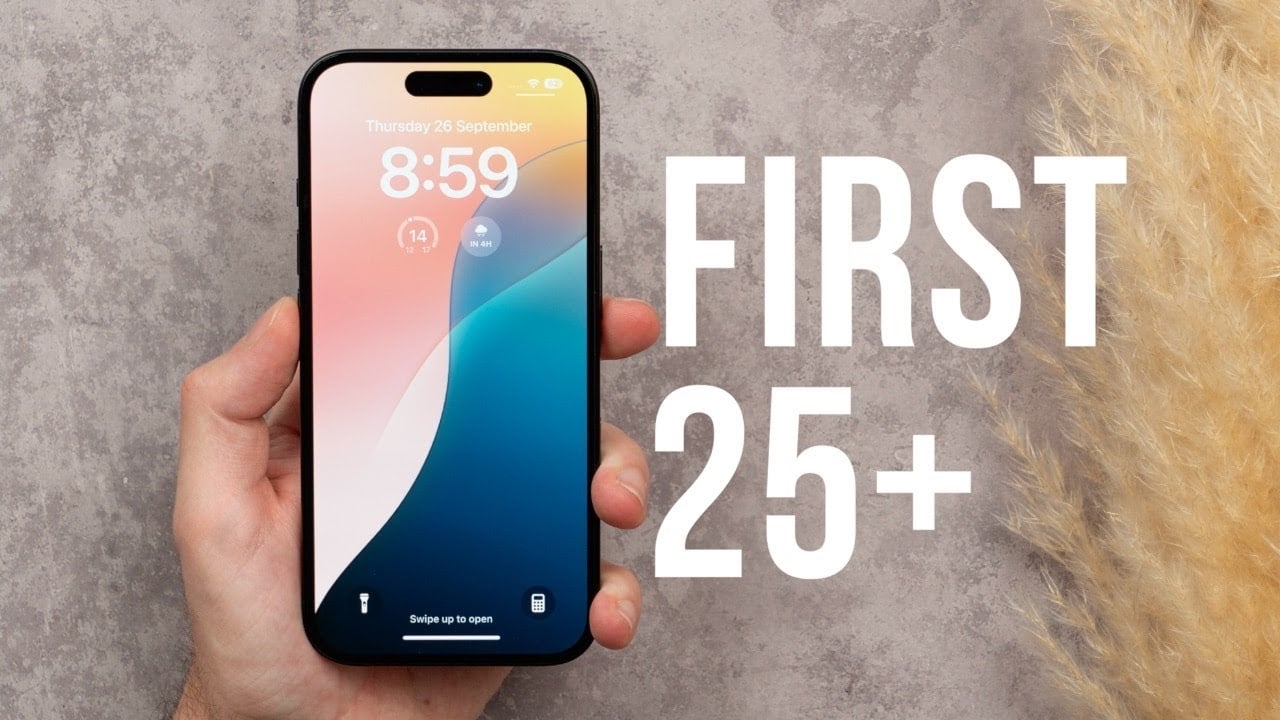The WP Engine web hosting service is suing WordPress co-founder Matt Mullenweg and his company Automattic. This follows a public feud over the WordPress trademark. The federal lawsuit accuses Mullenweg of “abuse of power, extortion and greed.”
This is the latest volley in an ongoing battle between WordPress and WP Engine, but it requires a bit of background. WordPress is the backend that powers a large chunk of the internet, around 40 percent of websites. Users can build a website from the ground up using WordPress or opt for an easier plug-and-play solution offered by third-party providers like WP Engine.
Mullenweg, who runs his own provider called Automattic, began loudly criticizing WP Engine back in September, calling it a “cancer to WordPress.” He said that the third-party provider’s name has confused customers into thinking it's actually part of WordPress. He also accused WP Engine of turning off certain features to save money.
I tried to summarize the @wpengine and WordPress issue: https://t.co/xlGuV3EWQm
— Matt Mullenweg (@photomatt) September 26, 2024
WP Engine responded with a cease-and-desist letter and a request to withdraw the aforementioned comments, according to reporting by TechCrunch. It also said that its use of the WordPress trademark was legal under fair use. It went on to claim that Mullenweg threatened to take a “scorched earth nuclear approach” against WP Engine unless it agreed to pay “a significant percentage of its revenues for a license to the WordPress trademark.”
After this, the WordPress Foundation changed its Trademark Policy page and accused WP Engine of “never once” donating to the open-source arm of the foundation, “despite making billions of revenue on top of WordPress.” He went as far as to suggest that WP Engine covered up trademark abuse by editing websites.
Some of the frantic changes @wpengine has been making to their site to hide their trademark abuse include editing customer quotes, without permission!
— Matt Mullenweg (@photomatt) October 3, 2024
I have confirmed with @pcrumm he did not approve this change. Journalists should ask WPE and others about this. pic.twitter.com/NQOZ0TPDDT
Mullenweg also banned WP Engine from accessing certain resources, like some plug-ins and themes. WP Engine powers over 200,000 websites and this move allegedly broke a lot of them. In response, the company wrote that Mullenweg’s “unprecedented and unwarranted action interferes with the normal operation of the entire WordPress ecosystem, impacting not just WP Engine and our customers.”
Matt Mullenweg and Automattic’s self-proclaimed scorched earth campaign against WP Engine has harmed not just our company, but the entire WordPress ecosystem. The symbiotic relationship between WordPress, its community and the businesses that invest millions to support WordPress…
— WP Engine (@wpengine) October 3, 2024
On October 1, WP Engine announced that it had developed its own solution that allowed consumers to access all of the missing themes and plug-ins. It followed that with today’s lawsuit, which accuses Mullenweg of demanding eight percent of the company’s monthly revenue as a royalty payment. The suit also alleges that Mullenweg and Automattic participated in libel, slander, violations of the Computer Fraud and Abuse Act and IRS fraud.
“Matt Mullenweg’s conduct over the last ten days has exposed significant conflicts of interest and governance issues that, if left unchecked, threaten to destroy that trust,” WP Engine said in a statement. “WP Engine has no choice but to pursue these claims to protect its people, agency partners, customers and the broader WordPress community.” Mullenweg and Automattic have yet to respond to today’s developments.
This article originally appeared on Engadget at https://www.engadget.com/big-tech/wordpress-founder-sued-for-alleged-libel-and-attempted-extortion-152957987.html?src=rss



















 , villager, cow and a pig) that you can detach and attach to whatever you’re building.
, villager, cow and a pig) that you can detach and attach to whatever you’re building. 





